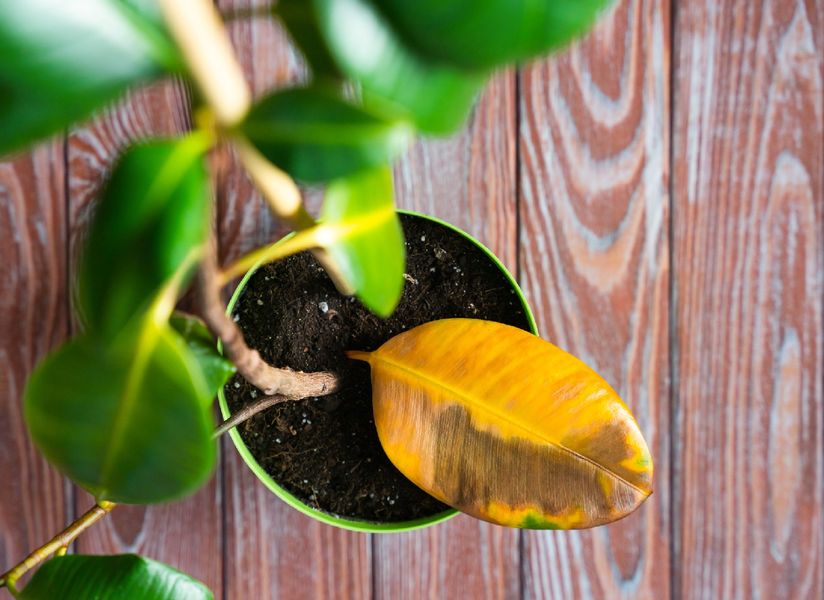As summer fades and fall rolls in, many plants start showing changes in their leaves. Some are natural seasonal transitions, but others may be signals that your plant is stressed or unwell. Knowing the difference can help you keep your garden or houseplants thriving as the temperatures drop.

1. Yellowing Leaves
What it means:
For deciduous trees and shrubs, yellowing is a natural part of autumn. They’re preparing for dormancy by pulling nutrients back into the roots.
On houseplants or evergreens, however, yellow leaves could signal overwatering, poor drainage, or nutrient deficiency.
What to do:
Check soil moisture, improve drainage, and consider a light dose of fertilizer before winter sets in.
2. Brown Leaf Tips or Edges
What it means:
Crispy tips are often caused by low humidity, inconsistent watering, or salt buildup from fertilizer. Outdoors, early frosts can also damage leaf edges.
What to do:
Trim damaged areas, water deeply but less frequently, and flush the soil occasionally to wash away salts. For indoor plants, try a humidifier or pebble tray.
3. Wilting Leaves
What it means:
Wilting in fall can come from root problems, pests, or sudden temperature changes. If the soil is wet but the plant still wilts, it could be root rot.
What to do:
Check roots for health, remove affected sections, and repot if necessary. Protect sensitive plants from cold drafts.
4. Leaf Spots (Black, Brown, or Yellow)
What it means:
Spots are often a sign of fungal or bacterial disease, which thrives in damp fall conditions. They may also come from pest damage.
What to do:
Remove affected leaves, avoid overhead watering, and consider a natural fungicide if the problem persists. Good airflow is key.
5. Premature Leaf Drop
What it means:
While dropping leaves is normal for deciduous plants, early or excessive shedding in evergreens or houseplants can indicate stress from light changes, drought, or pest infestations.
What to do:
Check for spider mites or aphids, adjust watering, and move indoor plants closer to a bright window as daylight shortens.
6. Leaves Turning Purple or Red Too Early
What it means:
Sometimes plants show fall colors earlier than expected due to nutrient deficiency (especially phosphorus) or root stress.
What to do:
Test the soil and amend if needed. Mulching around the root zone can help maintain consistent moisture and protect roots from early cold snaps.

Fall leaf changes aren’t always a cause for alarm—but your plants are always communicating. Learning to “read” the signs can help you tell the difference between natural seasonal cycles and stress signals. By paying attention now, you’ll set your plants up for a healthy rest period through winter and a strong start in spring.